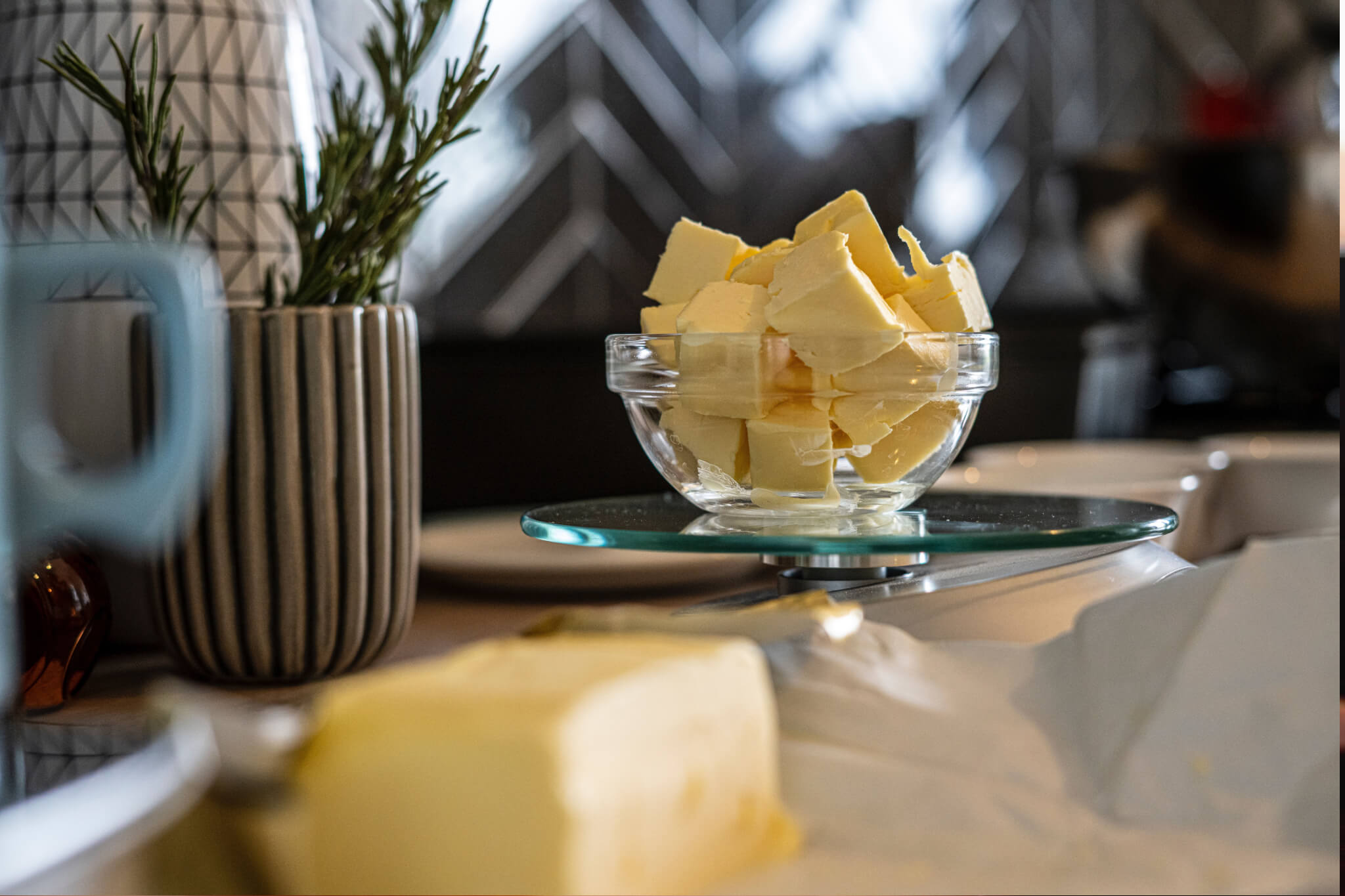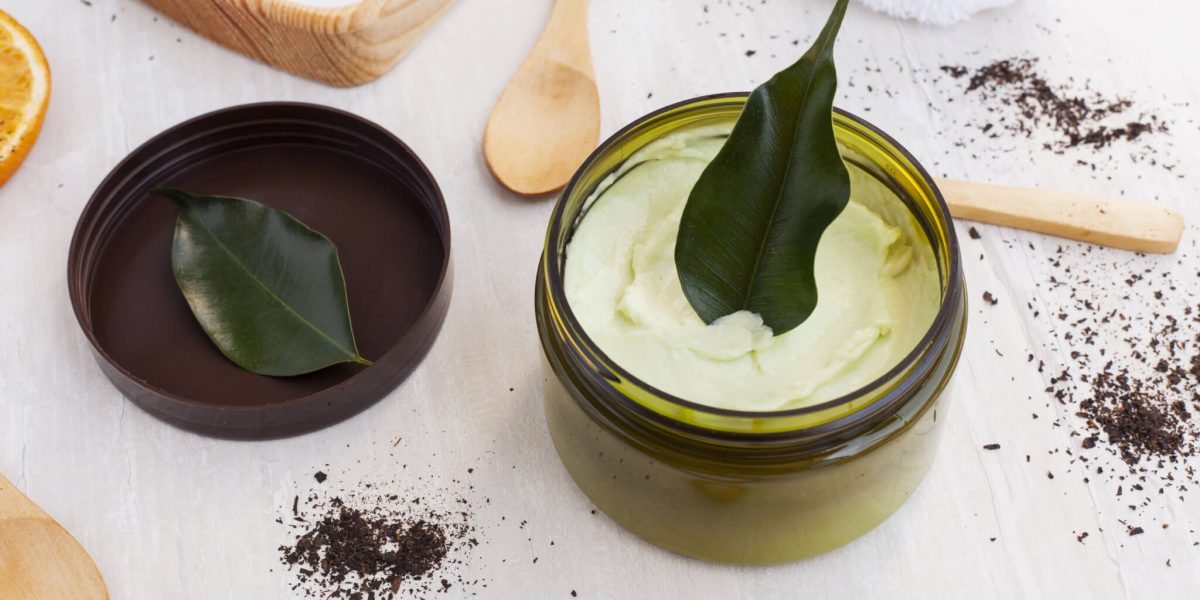RECENT ARTICLES
AzorGhee - The New Butter of the Azores
A relação entre os Açores, o leite e a manteiga é antiga e amplamente reconhecida.
The Butter Market
The analysis of the milk sector and its derived products throughout the ages.
A relação entre os Açores, o leite e a manteiga é antiga e amplamente reconhecida.
The analysis of the milk sector and its derived products throughout the ages.

Butter is the result of the process of skimming milk. The cream or the milk cream, when beaten, turns into an emulsion of water in fat and what we normally would call butter.
Milk fat is the main factor in the manufacture of butter, the most common cow butter being at least 80% fat. In addition to cow's milk, goat, sheep, buffalo or even camel's milk may also be used for its preparation.
As for its use, since ancient times butter has been used for various purposes all over the world and its use is naturally marked by the culture of different peoples.
The ancient Egyptians appreciated it, above all, for its therapeutic properties, using it as a treatment for eye diseases, skin infections and burns. While the Greeks and Romans saw butter as a beauty product, a cosmetic used as a hydrating cream for the skin or as brilliantine for the hair.
In the Middle Ages, butter became the fat of the poor and was widely used in Gaul, Normandy and Flanders to cook food.
After the XVI century, it also began to reach the nobles' kitchens, at which time the Catholic Church allowed butter to be the only animal food to be consumed during Lent.
In China, and especially in Tibet, butter is associated with Buddha and Buddhist rituals; while in India, where the only butter consumed is butter made from cow’s milk, since it is a blessed animal, the production of clarified butter is connected to the Hindu religion.
In addition to its use in Indian cuisine, butter is also used in medicine.
Irish, Scots, Norwegians and Finns had the habit of burying butter barrels in marshy terrain as a way of protecting supplies against robbery or enemies. That butter was seasoned with garlic and buried for several years. The more years, the better the butter would be.
In Russia, the end of winter is celebrated with the butter festival; in Norway, butter was, during the second world war, the currency of the country, and, in Marocco, butter is seen as a symbol of richness.
São inúmeros os exemplos da indiscutível importância da manteiga na vida dos povos, uma matéria de múltiplas utilizações, tipologias e sabores, que atravessou o tempo até chegar ao século XXI e às nossas casas. Pode consultar como esta gordura ainda é utilizada hoje em dia devido aos seus múltiplos benefícios no nosso artigo “Benefícios da Manteiga Ghee”.

In addition to its use in Indian cuisine, butter is also used in medicine.
Irish, Scots, Norwegians and Finns were in the habit of burying butter barrels in marshy terrain as a way of protecting supplies against robbery or enemies. This one, seasoned with garlic and buried for several years. The more years had, the better it would be.
In Russia, the end of winter is celebrated with the butter festival; in Norway, butter was, during the second world war, the currency of the country, and, in Marocco, butter is seen as a symbol of richness.
There are several examples of the unquestionable importance of butter in the lives of people, a product of multiple uses, typologies and flavors, which traveled through time until the XX century and our homes.

The first clarified butter produced in Portugal was created in Terceira.
Clarified Butter from Azores | Working hours: Tuesday to Sunday (10am - 5pm)
No account yet?
Create an Account
